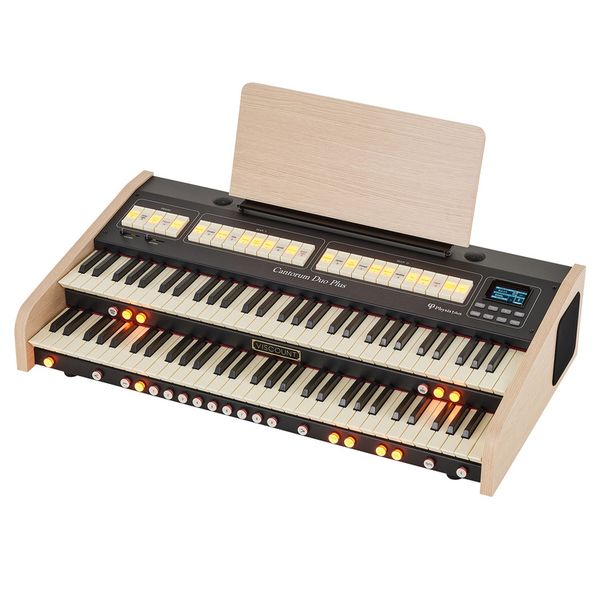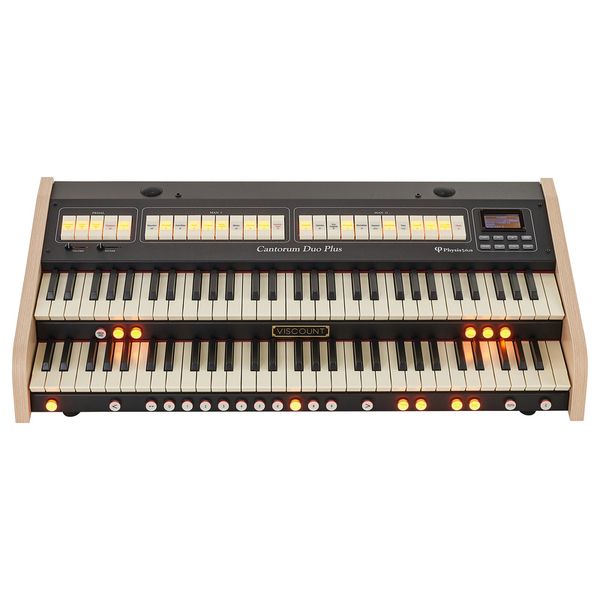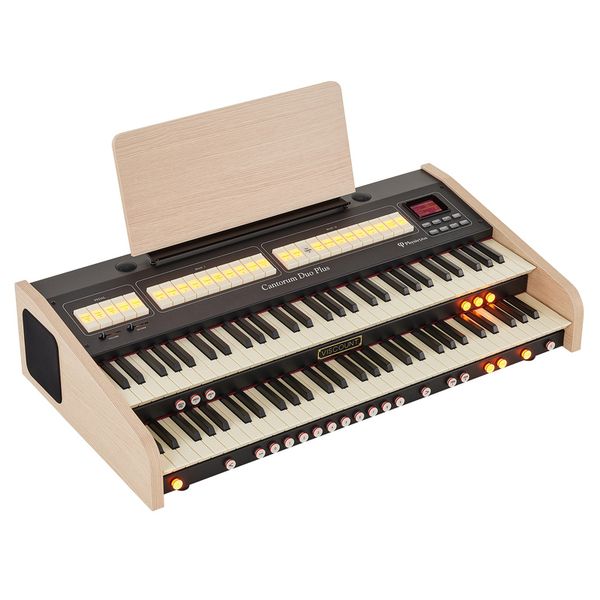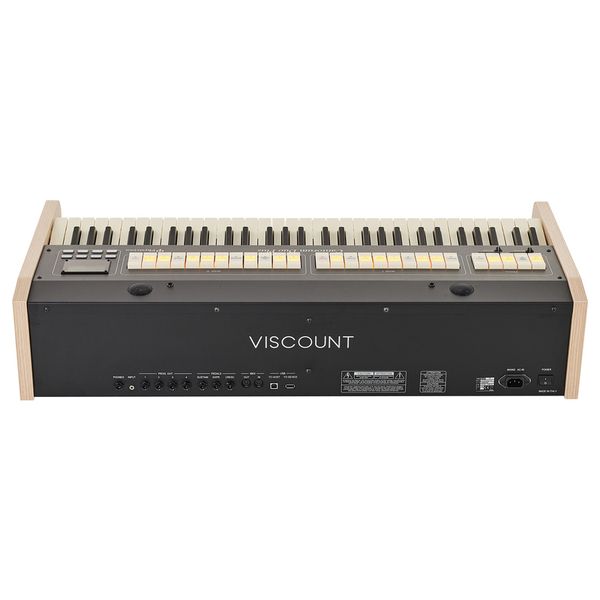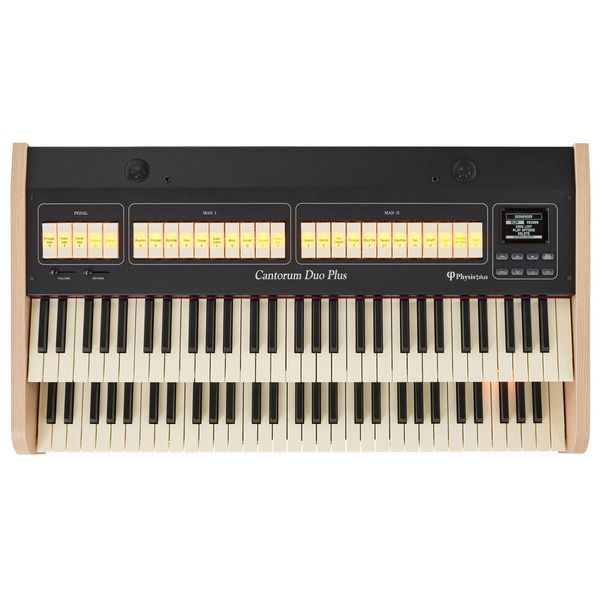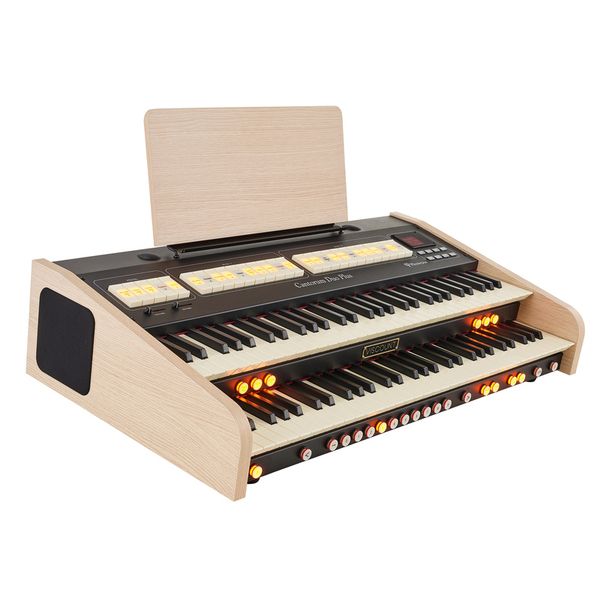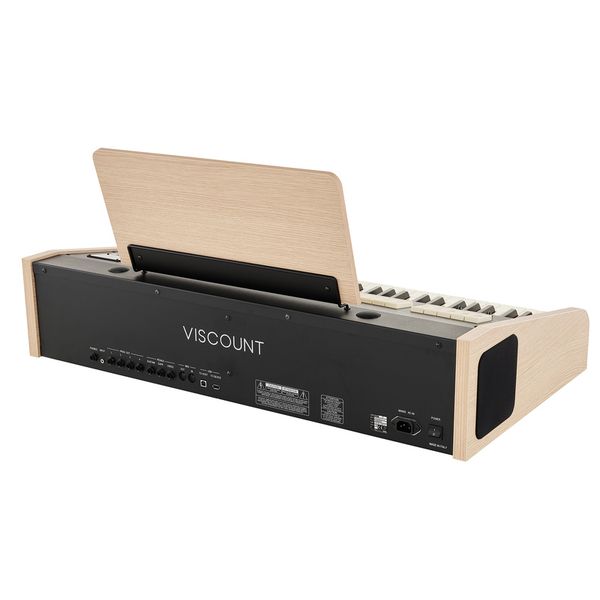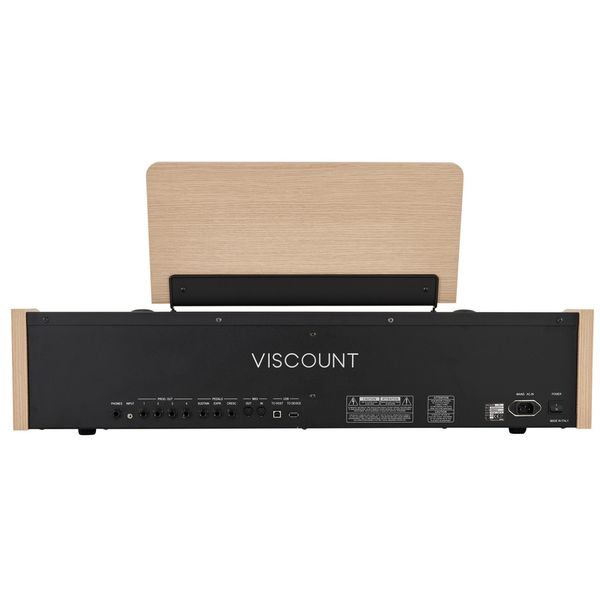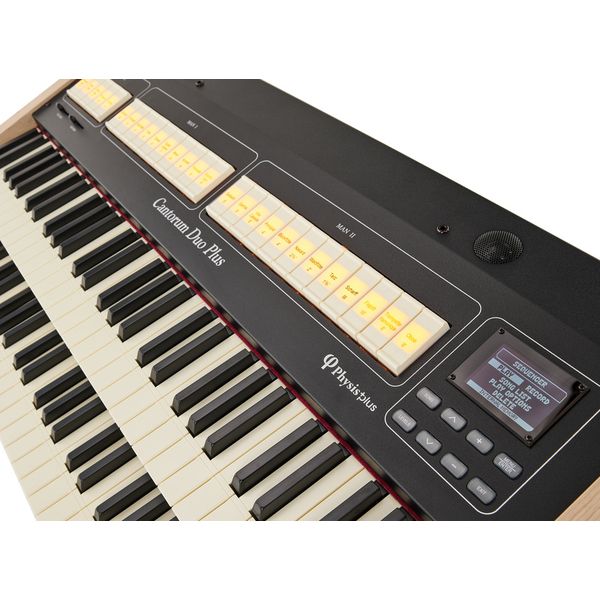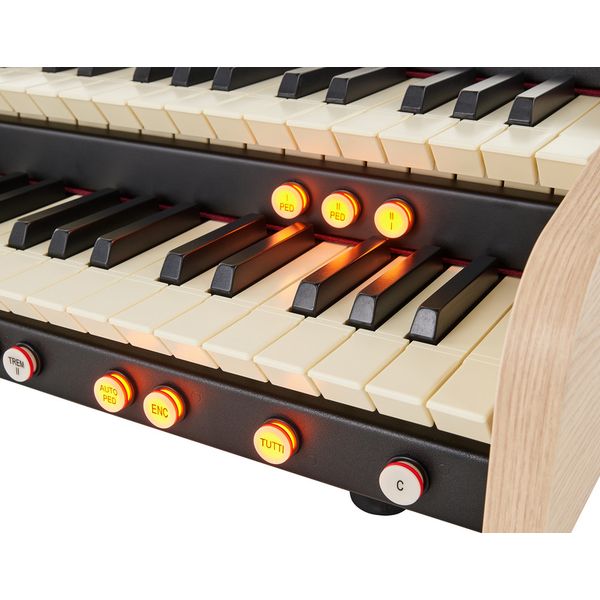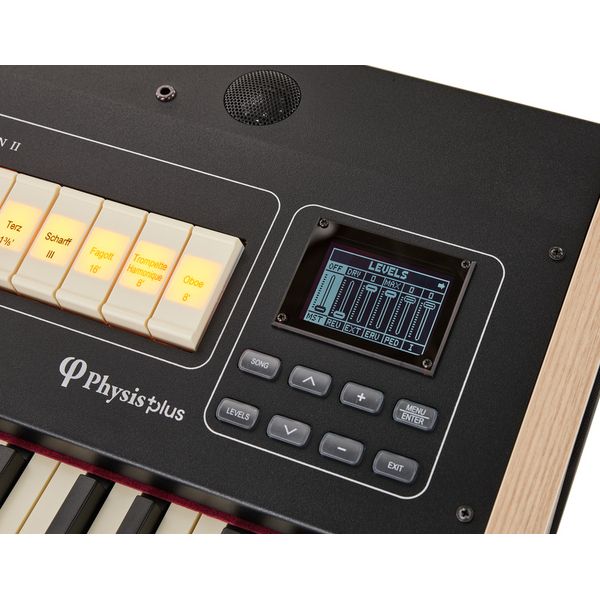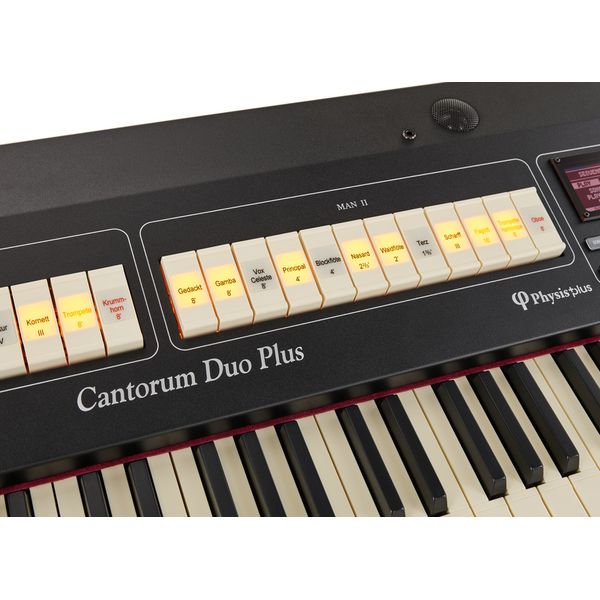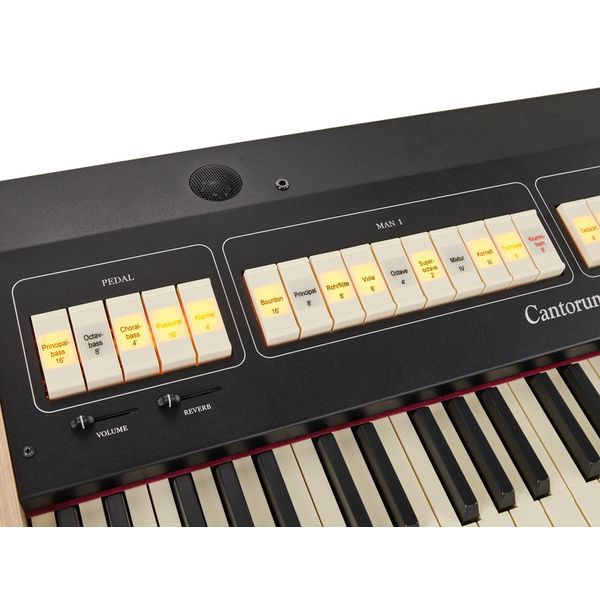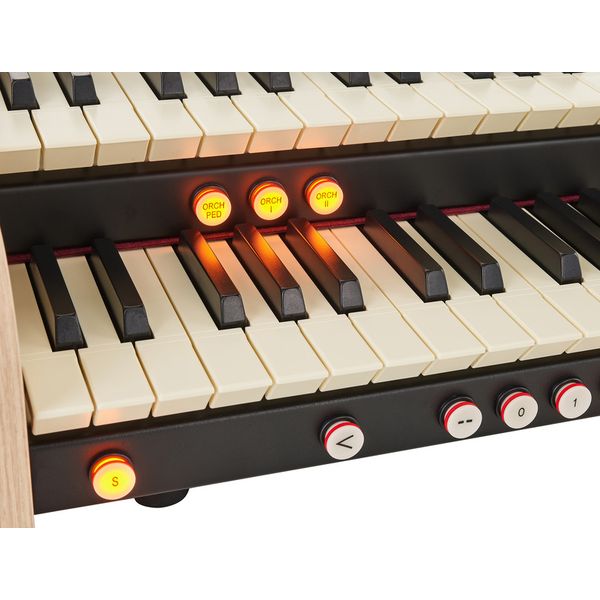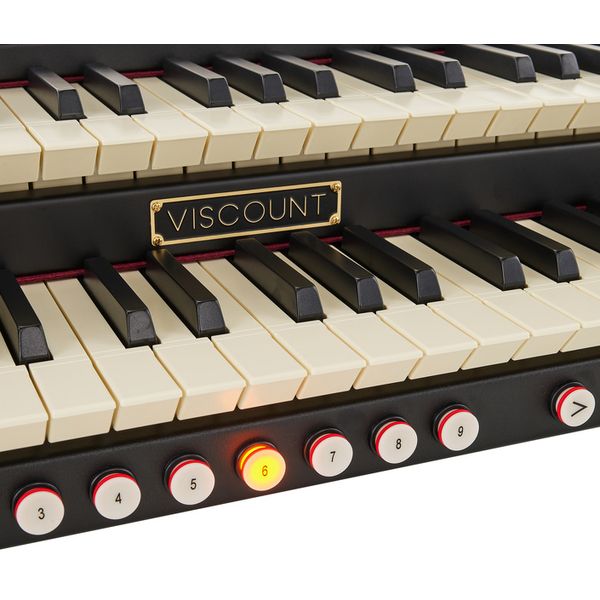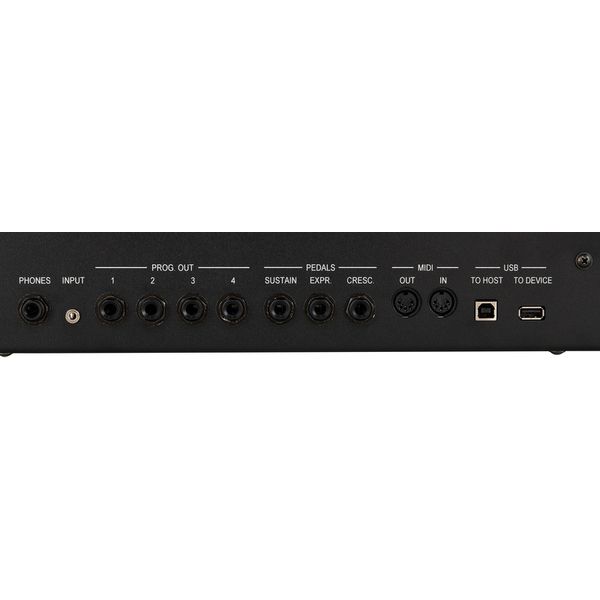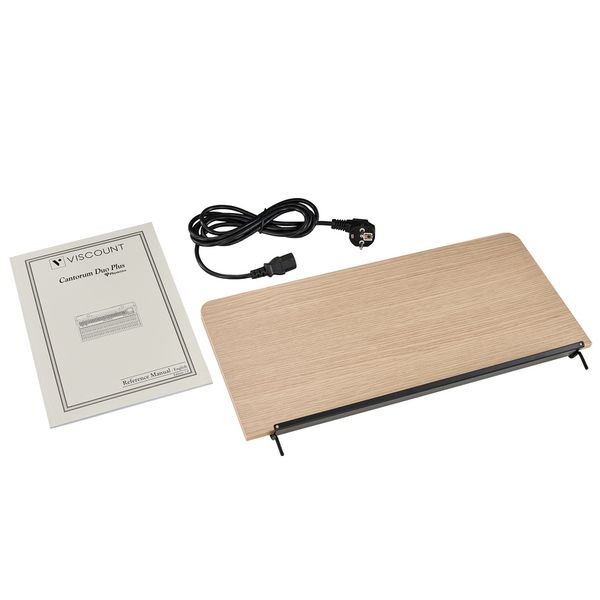Ich möchte vorausschicken, dass ich seit vielen Jahren die Entwicklung elektronischer Orgel nicht nur aktiv mitverfolgt habe, sondern als ausgebildeter Kirchenmusiker in der Vergangenheit auch immer VISCOUNT-Orgel zum Üben zur Verfügung hatte. Meine Erwartungen an ein neues "mobiles" - also TRAGBARES Instrument aus dem Hause VISCOUNT waren daher nicht gerade gering. Umso mehr wurde ich von diesem Instrument enttäuscht...
Nach 3-wöchiger Wartezeit habe ich endlich das VISCOUNT Cantorum Duo PLUS erhalten. Bereits als die nette "Postlerin" bei mir an der Haustüre klingelte, mit der Bitte, ihr beim Ausladen des Paketes behilflich zu sein, ahnte ich Schlimmes. Dahingehend wurden meine Vorahnungen leider voll bestätigt! Dazu später aber noch mehr ...
Ich hatte in den letzten Jahrzehnten mehrfach das Vergnügen, Stage-Pianos, E-Pianos und andere große Instrumente in meine Wohnung zu schleppen. All dies war ein Kinderspiel im Vergleich dazu das VISCOUNT Cantorum Duo-Plus Paket allein von der Bordsteinkante ins Haus in den ersten Stock manövrieren zu müssen.
Das Gewicht ist die eine Sache - darüber kann man sich ja im Internet informieren - dass die Orgel jedoch keinerlei "Griffe" für einen Transport von A nach B verbaut hat, ist irgendwie bemerkenswert! Ich bin jetzt gut 50 und kein besonderer "Schwächling", - aber dieses Instrument ist wahrlich nichts für Personen, die mal "auf die Schnelle" eine Orgel in die Chorprobe mitnehmen möchten. Wer Lust auf eine "wöchentliche Schlepperei" von und zur Chorprobe verspürt, kann sich sein Geld fürs Fitnessstudio sparen!
Nachdem ich wieder zu Atem gekommen war, hatte ich das VISCOUNT-"Keyboard" angesteckt. Der Atem stockte mir neuerlich, als sich nach Betätigung des Einschaltknopfes nichts auf dem kleinen LCD-Bildschirmchen tat. Ich vermutete schon, dass das Instrument am Postweg kaputt gegangen war. Gebannt starrte ich immer wieder auf das Display, bis nach einer gefühlten Ewigkeit schließlich das Betriebssystem auf Touren kam, dass der "Begrüßungstext" sichtbar wurde. Dann heißt es wieder warten... Wenn schließlich sämtliche gelb beleuchteten Setzer-Taster verloschen sind, kann es endlich losgehen!
Unteres und oberes Manual besitzen die „viscount-typischen“ beleuchteten Registerwippen, welche sich "orgeltypisch" ein- und ausschalten lassen und auch bei Tageslicht gut zu erkennen sind. Mit den Namen der einzelnen Register verbindet man als Organist automatisch eine bestimmte Klangerwartung.
Ich würde den VISCOUNT-Entwicklern dringend empfehlen, die eine oder andere echte Pfeifenorgel als Referenz für ihre Ohren heranzuziehen... Weder das "Ansprechverhalten" noch der - für mein Empfinden - völlig unnatürliche "statische" Einzelton jeden Registers ist bei dieser Orgel für mich unbrauchbar. Da hilft es auch nicht, wenn intern mit DSP-Effekten (EQ, Hall, Leslie, Chorus?) ordentlich nachgeholfen wird. Ich vermute, dass den Registern keine "echten" Pfeifenorgel-Samples zugrunde liegen, sondern rein mathematische Formeln. Und das hört man deutlich! Umso weniger lässt sich dadurch die extrem lange Zeit beim Hochfahren des Betriebssystems erklären. Ganz schlimm empfinde ich das in meiner Wahrnehmung gleichmäßige Rauschen jedes Tons, welches möglicherweise an den "Luftstrom" einer echten Orgelpfeife erinnern soll - ich weiß nicht, was man sich dabei gedacht hat... Man sollte das "Windmodell" der Orgel zwar auch über das Display beeinflussen können - ich habe es jedenfalls nicht geschafft, auch nur annähernd etwas für mich "Brauchbares" dabei herauszuholen...
Apropos "Display":
Leute, wir leben im Jahr 2024 (!) - was habt ihr euch da bei dieser schlechten Displayauflösung eigentlich gedacht?
Also mir tun die Augen weh vor lauter riesengroßen Pixeln! Das geht doch wesentlich besser - ja, das ging vor 20 Jahren schon besser!!!
Ein jedes Arduino- bzw. Raspberry-Pi Grafikdisplay schlägt dieses "grafische" Display um Längen!
Auch die Bedienung mit den unter dem Display für mich willkürlich angeordneten Tasten hat sich mir (ich bin selbst IT-Entwickler!) nicht wirklich erschlossen.
Weder die Prinzipale, die Flöten, die Mixtur(en), noch die "Streicher" oder "Zungen-Stimmen" konnten mich auch nur ansatzweise überzeugen - in keiner der vom Werk aus angebotener Disposition (. Wer keine "echte" Pfeifenorgel kennt bzw. spielt mag daran vielleicht am "Tutti" der VISCOUNT seinen Gefallen haben - ich definitiv nicht!
Positiv erwähnen möchte ich die Qualität der Tastatur. Diese ist zwar komplett aus Plastik und ohne wirklich fühlbaren "Druckpunkt" - lässt sich jedoch im Vergleich zu einem "Billigkeyboard" gut spielen. Wer die VISCOUNT Duo Plus "nur" als MIDI-Keyboard verwenden möchte und die Klänge über eine Software wie „GrandOrgue“ oder „Hauptwerk“ wiedergeben möchte, ist mit dieser 2-manualigen Tastatur sicher gut bedient - auch wenn es auch hier deutlich bessere Fabrikate gibt.
Gut gefallen hat mir die Klangabstrahlung, welche von den beiden "Wangen" auf der rechten und linken Seite des "Monstrums" erfolgt. Die Hochtöner sind auf der Oberseite neben dem aufsteckbaren Notenpult verbaut und sorgen gemeinsam mit den beiden seitlichen Lautsprechern für einen - wenn gewünscht - sehr lauten Klangeindruck. Trotz Verwendung unterschiedlicher Ständer oder Tischen machen sich bei dem Instrument bei verschiedenen Tönen (Frequenzen) unangenehme mechanische (?) Resonanzschwingungen bemerkbar, welche allerdings bei geringerer Lautstärke für mich nicht mehr wahrnehmbar waren.
Der Hall sorgt für einen "Raumeindruck" und bewirkt bei entsprechendem Volumen, dass die für mich doch sehr extremen Klangschwächen der einzelnen Register "verwaschen" werden, sodass für einen nicht gerade verwöhnten Zuhörer ein durchaus an eine Kirchenorgel erinnernder, sakraler Klangeindruck entstehen mag.
Mein persönlicher Eindruck:
- extremes Gewicht
- alleine kaum transportierbar (fehlende Griffe!)
- lange Startzeit
- Klänge der einzelnen Register
- schlechte Display-Auflösung
- sehr gewöhnungsbedürftige Bedienung der einstellbaren Parameter (Taster auch nicht beleuchtet!)
- störende mechanische Vibrationen (Resonanzen) vorhanden (?)
- Preis / Leistungsverhältnis
+ relativ gute, brauchbare MIDI-fähige Tastatur
+ "brauchbare" Hallqualität, Hallvolumen mit Schieberegler einstellbar
>>> LEUTE, DAS GEHT HEUTE ECHT BESSER !!! <<<


